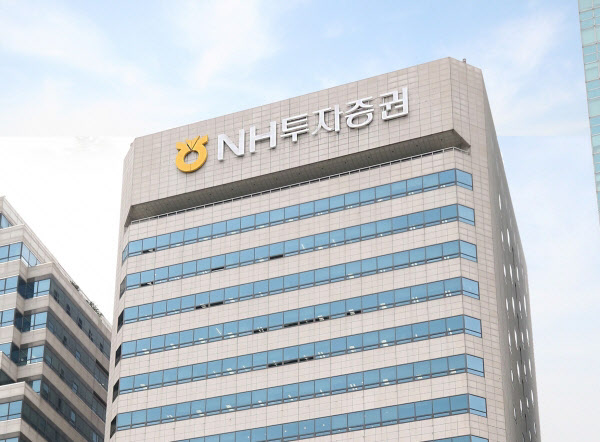NH Investment & Securities Case Study
The winds of change are blowing in the IT field of the securities industry. Introducing cutting-edge IT technologies from big data, artificial intelligence (AI), open banking, and the cloud to blockchain technology, now it is taking a step forward in the financial technology innovation, leaving incomplete security systems and outdated infrastructure behind. Let's meet the IT executives of major securities companies and hear about their new technology introduction plans and recent achievements. The first interviewee is Baek Jong-woo, Chief Information Security Officer (CISO, Managing Director) of NH Investment & Securities, who is hunting for scam bank accounts using big data technology.
“By using big data to automatically search for suspicious accounts in real-time, the accuracy of scam accounts detection has been increased. It also significantly saves time.”
Jong-woo Baek, chief information security officer (CISO, managing director) of NH Investment & Securities at the NH Nonghyup Foundation office in Yeouido, Seoul, on the 13th, told us the results of the recently built big data-based scam accounts monitoring system.
On the 9th of last month, the NH Investment & Securities Information Protection Department, led by Managing Director Baek, built the industry's first big data-based scam accounts monitoring system. With this, 4 scam accounts have been identified and caught in the past month.
NH Investment & Securities' scam accounts monitoring system is an upgraded version of the fraud detection system (FDS) built in 2014. Ahead of other securities companies, NH Investment & Securities has focused on integrating big data technology into the existing system. It was certain that there was a limit to practically detecting abnormal trading only with FDS. “Most cases of using scam accounts are such as that a transaction occurs suddenly from an inactive account, or that an automatic online or offline withdrawal is made immediately after deposition at a random ATM. We need to construct the big data platform to analyze scam account networks.” Baek said.
"At that time in 2014, with the Financial Investment Association, six securities companies gathered to implement an FDS by purchasing a solution together, but big data technology was not included in the proposed solution," he said. “We were already certain that big data technology would play a larger role in the future and started to build our own solution.”
NH’s monitoring system applies 30 to 40 of its own rules and 10 scenarios that reflect the characteristics of scam accounts to the vast amount of collected data. If a suspicious account is identified, it sends a notification message to the operator. The operator checks and transmits the scam account information to the Korea Federation of Banks and related institutes. Then the Korea Federation of Banks requests the associated financial institution for confirmation and then takes measures such as suspension of payment.
This big data-based scam account monitoring system has significantly reduced costs of time and manpower. While the existing FDS analyzes 400,000 cases per day, this monitoring system can analyze more than 700,000 cases per day. The scope of data collected has also been broadly expanded from the internet banking transactions to all account transactions at each branch, CDs and ATMs, and suspicious account activity detected by the KFTC (Korea Financial Telecommunications & Clearings Institute), and accounts with temporary withdrawal suspension. The detection method has also been diversified. Not only does this require the 2-factor authentication step before transfer but also checks the main transaction log and history simultaneously. “In the past, 2 personnel had to monitor 300 to 500 suspicious accounts manually. But it was, of course, difficult to see them all day long. Now, thanks to the automated system, it requires only one person to check for an average of 70 cases per day, which takes an hour or two,” he explained.
Enterprise-wide support made it possible to introduce such advanced technology before others. One billion won has been invested in the monitoring system. From this month, it also started to develop an integrated monitoring system that can analyze correlations between log data generated by various security solutions together. Director Baek said, “Personal data breach and illegal transactions in the financial sector undermine the public trust in the financial sector. It is a non-negotiable choice that we made a large investment to overcome this situation and improve our reputation.” “By launching our new SIEM system in early December, we are expecting to prove more enhanced security posture.”
<Reporter Yoojung Kim> clickyj@dt.co.kr
Read the original article here: [http://www.dt.co.kr/contents.html?article_no=2016061402100658759001](http://www.dt.co.kr/contents.html?article_no=2016061402100658759001)
2016-06-13



